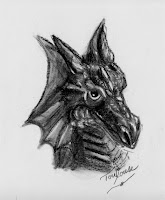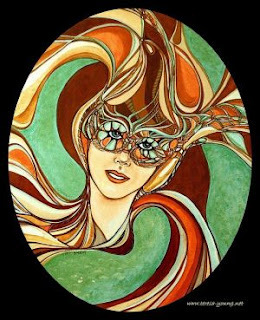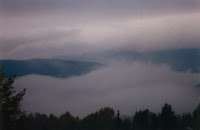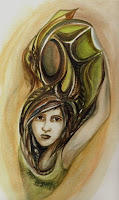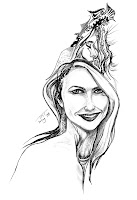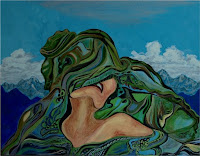The story was really good as well, as it was the typical heroes journey, where the main protagonist starts out as a small character that finds himself through his adventures as the story advances.
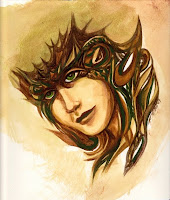 Going to the movie made me think more about Dragons in particular and how this related back to my previous post on Dungeons and Dragons... Which was interesting in itself as I am still thinking over how fantasies, sword and sorcery, and role-playing fit within the culture of gaming. In real life, we live a drab existence, no dragons, no clear cut lines between good and evil, and no real heroes journey... It's much harder to maintain a value system without the hands on practice that is evident in games.
Going to the movie made me think more about Dragons in particular and how this related back to my previous post on Dungeons and Dragons... Which was interesting in itself as I am still thinking over how fantasies, sword and sorcery, and role-playing fit within the culture of gaming. In real life, we live a drab existence, no dragons, no clear cut lines between good and evil, and no real heroes journey... It's much harder to maintain a value system without the hands on practice that is evident in games.
I believe that games generally do society a favour, by instilling the principles of teamwork using quests with clear cut lines between good and evil for the people that play them. It's a training ground, essentially, and I am convinced that the explosion of the popularity of gaming is directly related to the fact that they give us a chance to exercise our nobler instincts. As well as giving us a community of gamers that we can relate to on a more personal level.
Even the sports and racing games can have the same effect, in my opinion, as the same principles apply. Teamwork, shared hardship, challenging the player's reflexes to train the hand to eye coordination which is hardship and and way to learn.
Games that flop actually don't make this type of distinction, which supports my argument that people generally want to be 'good'. Games allow people to exercise their altruistic instincts. And I believe that the more that these instincts are used, the more they expand and strengthen. So, games help society as they give us a learning experience to exercise our better instincts! I realize that this runs counter to some of the horror stories about how games are destroying society, but I don't agree with those theories. Based on my own experiences and what I've seen around me, I think they do the opposite.
In my opinion, we all get a chance to be the white knight and have the gratification of doing good and being appreciated for it by using games as a entertainment method. Movies don't instill positive values and are soon over, a game can be replayed many times, strengthening the underlying message it gives. Which makes it a much more powerful medium when you think about it...
Images:
1. Dragon Abstract by Teresa Young - Mar. 2010, 2. Gaia Unmasked by Teresa Young - Jun. 2007, 3. The Dragon by Teresa Young as Toulouse LeTrek - Mar. 2010, 4. Speckled by Teresa Young - Dec. 2009.

